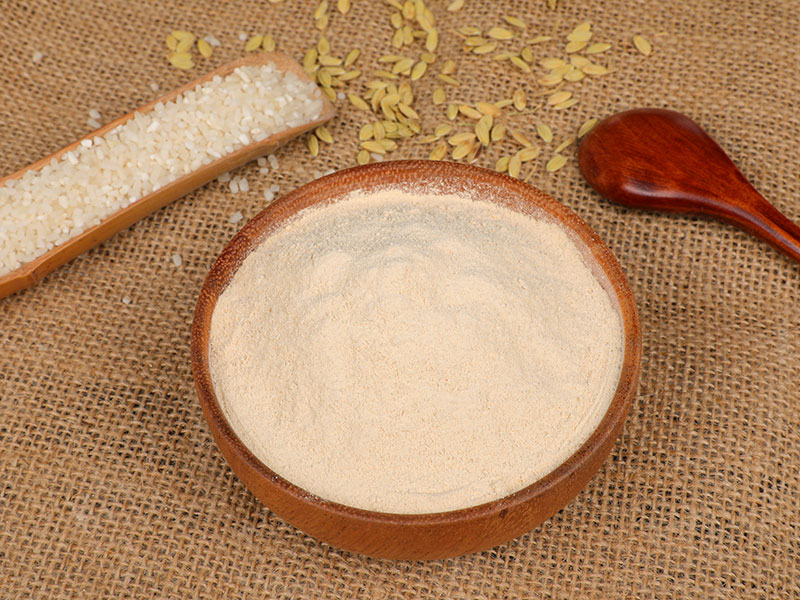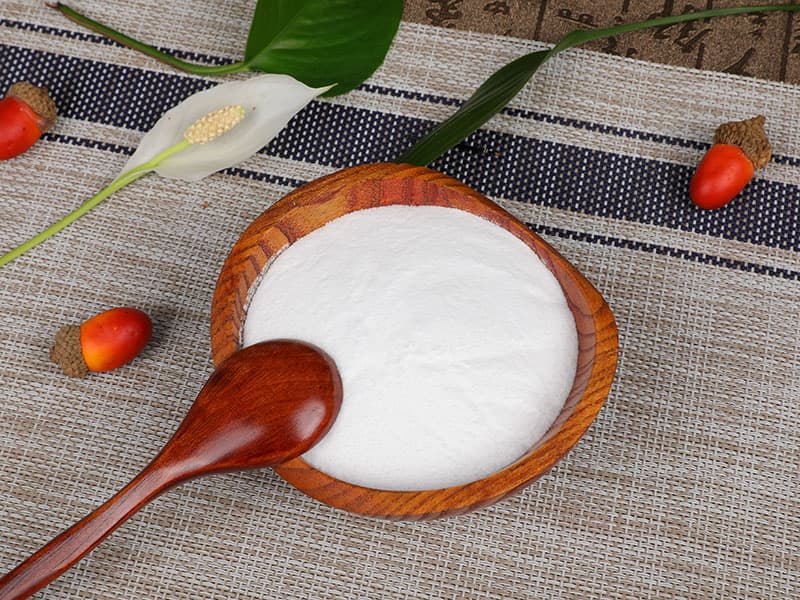Among cereal proteins, the biological value (B.V.) and protein value (P.V.) of rice protein are higher than other proteins. The amino acid composition of rice protein is balanced and reasonable, and the amino acid content is high, which is unmatched by other vegetable proteins. Rice protein is recognized as a high-quality food protein, which meets the ideal model recommended by WHO/FAO. The biological value of rice protein is very high, and its nutritional value is high, comparable to that of eggs, milk, and beef. In addition, rice protein is a low-antigen protein, which will not cause allergic reactions, which is very beneficial for the production of infant food. Rice protein not only has unique nutritional functions, but also has other health functions. Recent studies have shown that rice protein can lower serum cholesterol levels.
Rice, rice grains, rice bran and other raw materials can be used to prepare rice protein. Around the development and utilization of rice protein, researchers have proposed various preparation methods, mainly including: solvent extraction, enzymatic extraction, alkaline extraction, acid extraction, physical Extraction and compound extraction methods.
As of 2007, the pure rice protein provided in China is generally feed grade (generally about 65% content and below), food grade (generally about 80% content) and rice protein peptide (completely soluble in water, 70-90% peptide content, food class).


 English
English 中文简体
中文简体





